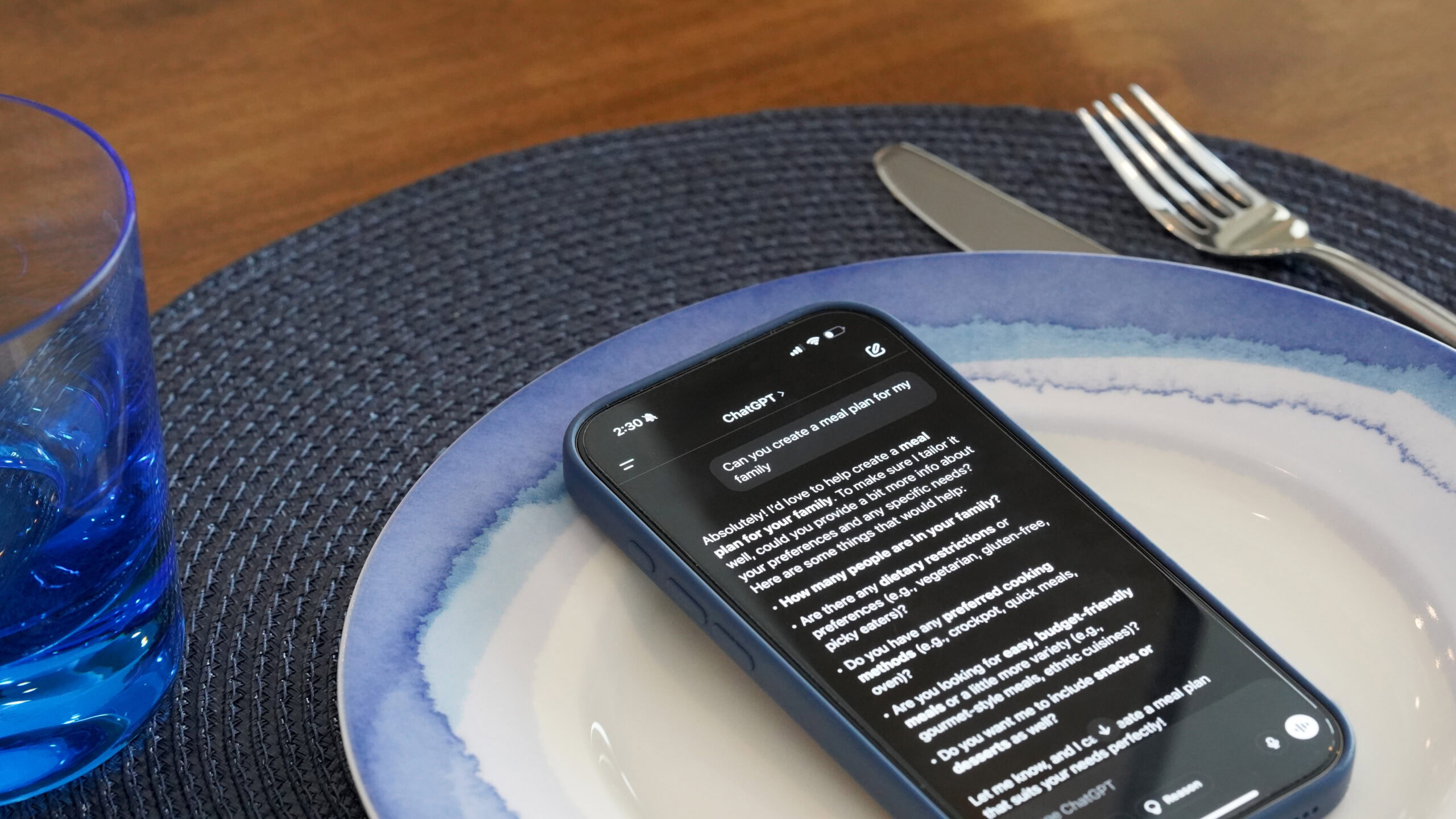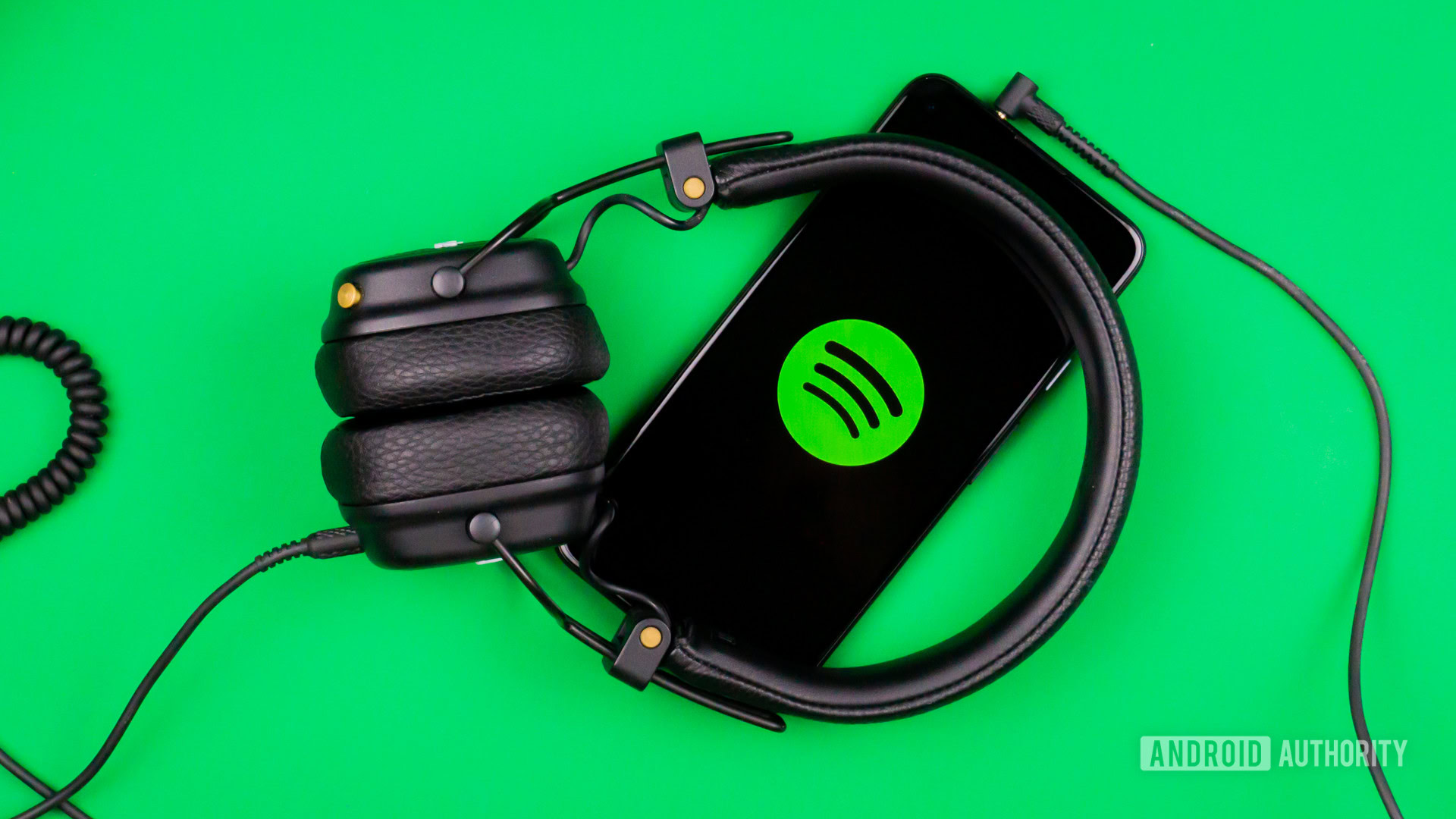Affiliate links on Android Authority may earn us a commission. Learn more.

Features
Just downloaded One UI 7? Here are two settings to change immediately
0

Features
Gemini’s vs ChatGPT’s Deep Research: For me, the choice is clear
0
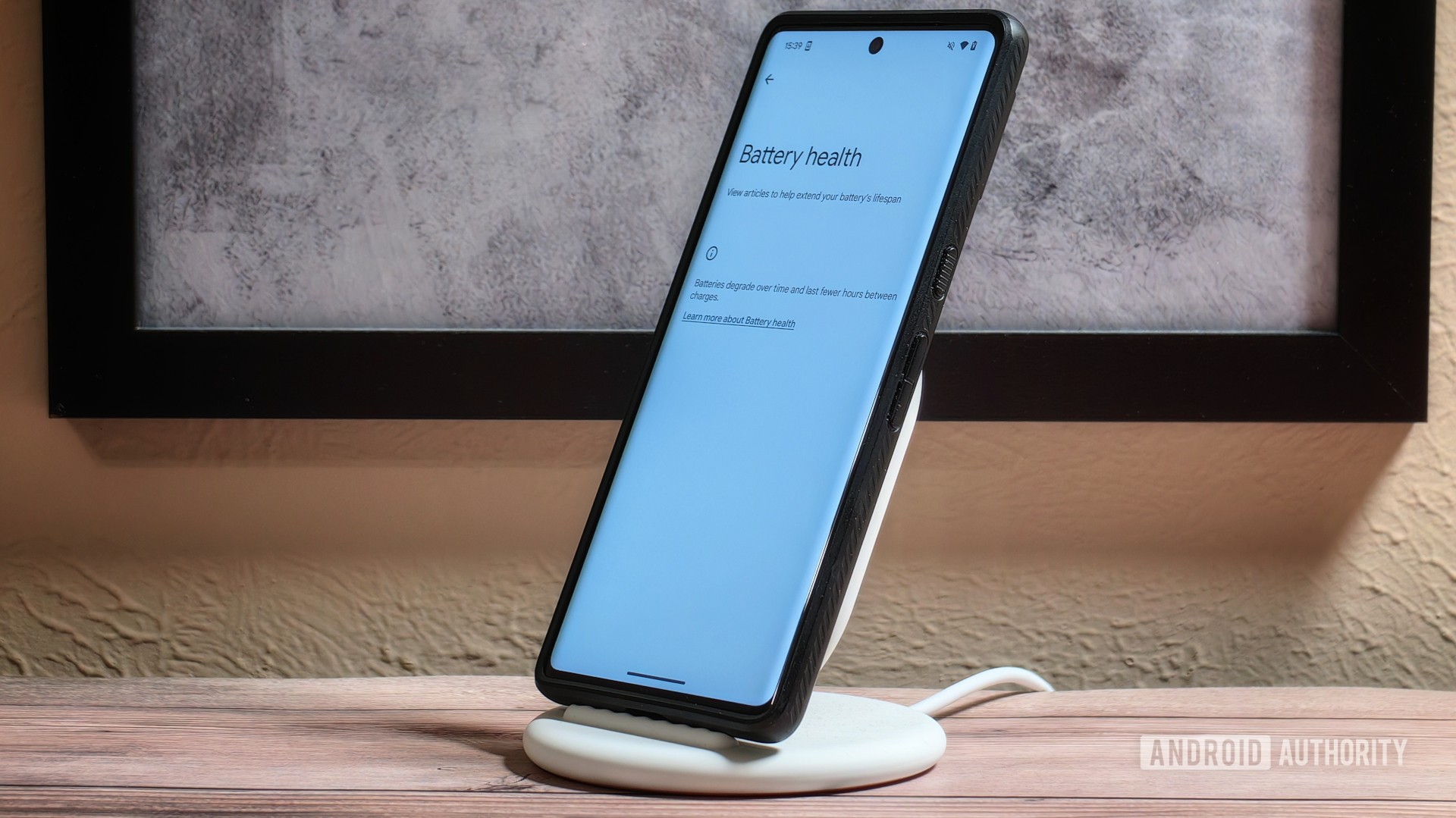
News
Google leaves older Pixels behind for Android’s long-awaited Battery Health menu
0
Top stories
Latest poll
What do you think of Android's upcoming UI overhaul?
7471 votes
In case you missed it
More news

Nick FernandezMay 6, 2025
0
Amazon Luna: Everything you need to know about Amazon's cloud gaming service
The best new Android apps and games for May 2025
Andy WalkerApril 30, 2025
0

These are my 10 favorite Android games to play with a controller
Nick FernandezApril 30, 2025
0

What happens to your data if you stop paying for Google One?
Mitja RutnikApril 28, 2025
0

Will Starlink and other satellite companies eventually rival cellular carriers?
Andrew GrushApril 26, 2025
0

Your doorbell cam might have just picked up Google Home support
Stephen Schenck12 hours ago
0
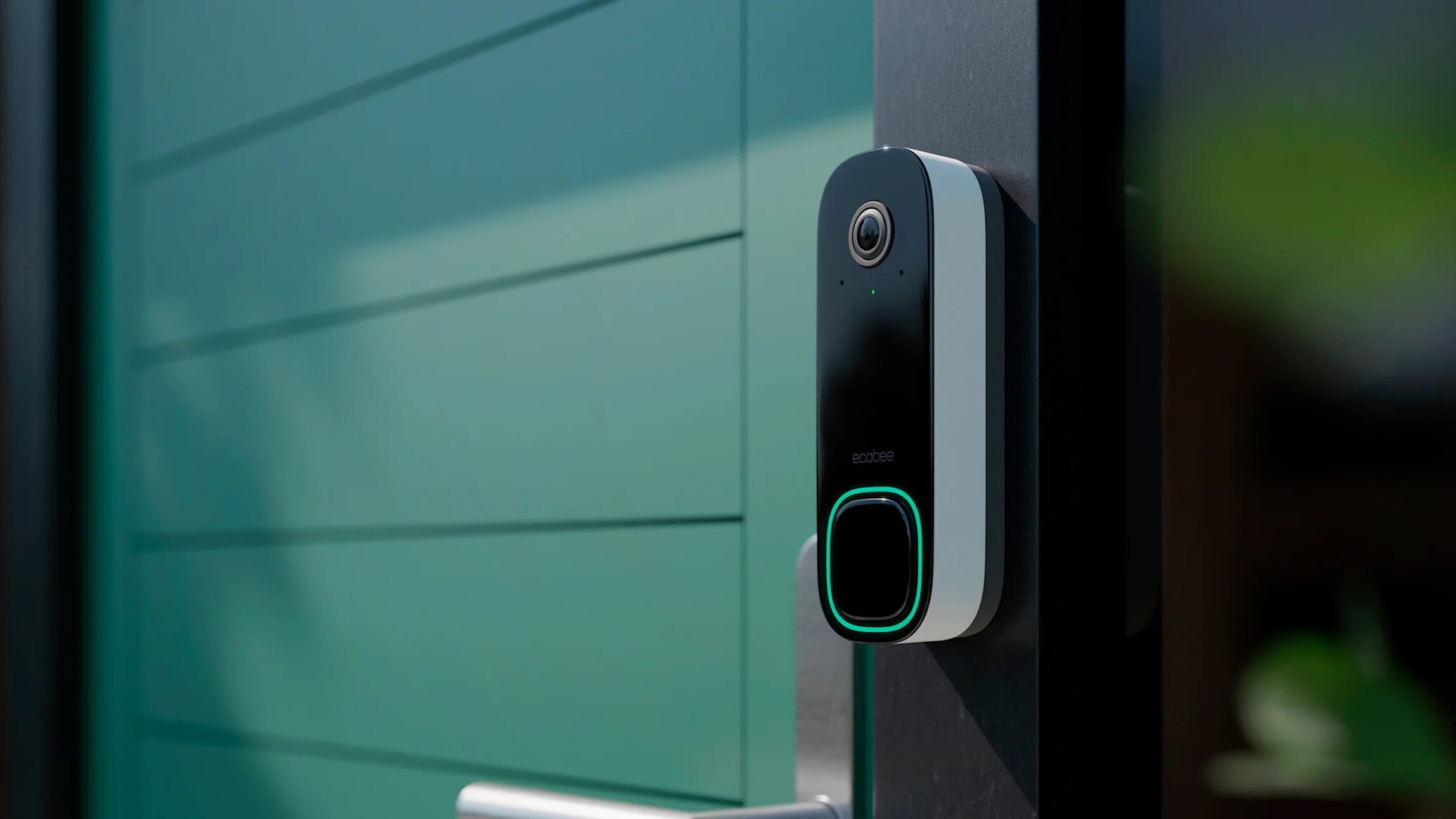
Google is giving the Search bar on your phone a much-needed facelift
Christine Romero-Chan12 hours ago
0

Galaxy S25 Edge leak reveals all the cases you'll need to keep the super-thin phone safe
Stephen Schenck15 hours ago
0

T-Mobile is offering its loyal users a free line, do you qualify?
Andrew Grush15 hours ago
0

Nintendo Switch 2 motherboard leak shows off what's hiding under the hood
Ryan McNeal16 hours ago
0

Pre-order your new Moto Razr now and go all 'RazrBerry' with this free accessory
Christine Romero-Chan16 hours ago
0

Samsung is rushing to make more Galaxy S25s, and you can guess why
Matt Horne17 hours ago
0

Google Drive's floating action button may soon look like it should have all along (APK teardown)
Ryan McNeal18 hours ago
0
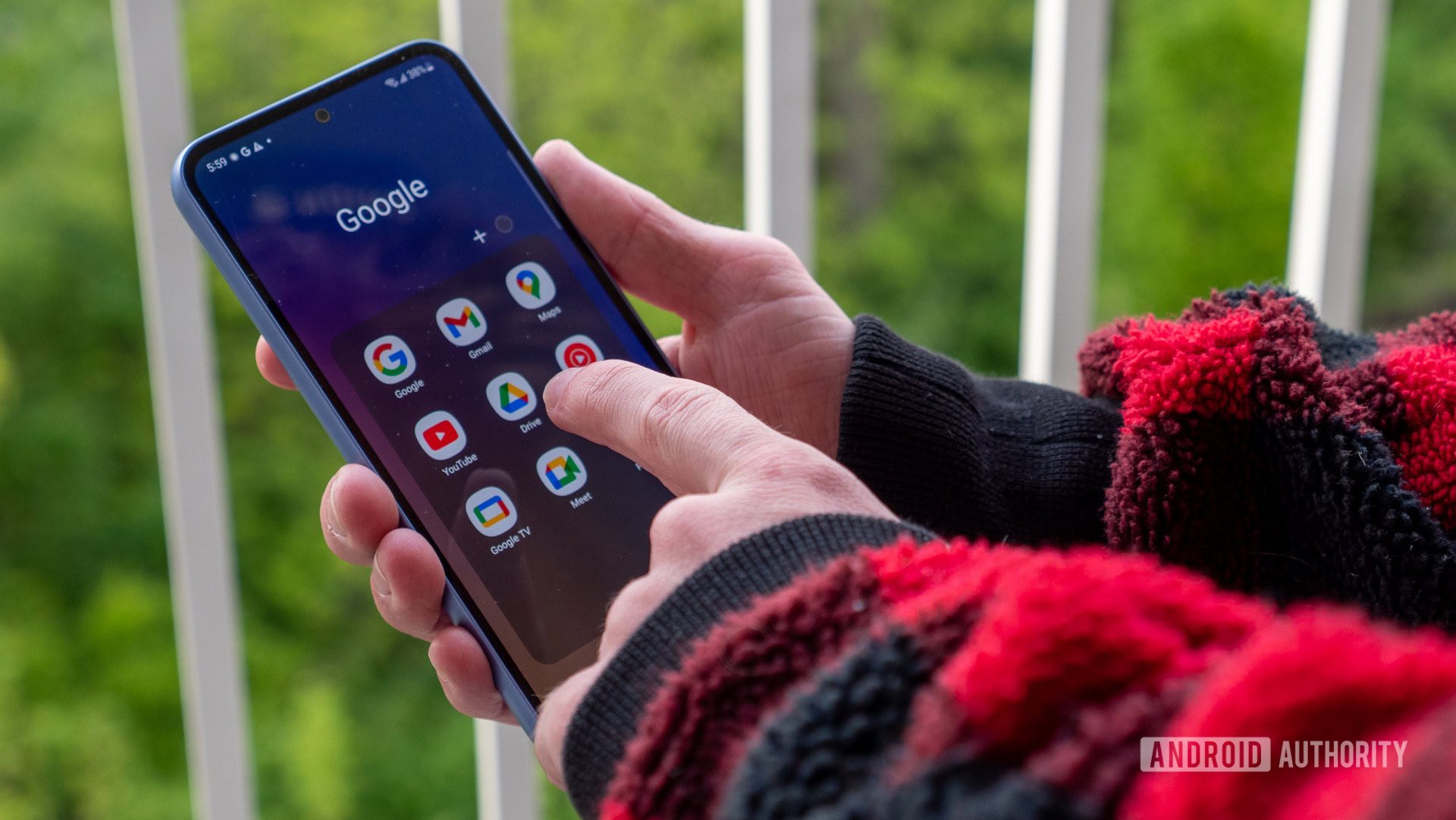
Pixel users say Google's image processing is ruining shots. Are you affected?
Aamir Siddiqui18 hours ago
0

More ways to pay? ChatGPT may be exploring weekly and lifetime subscriptions (APK teardown)
Aamir Siddiqui22 hours ago
0
